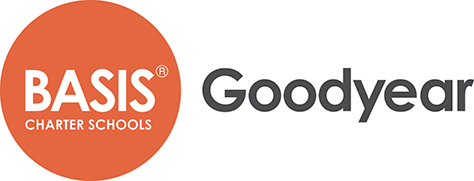Concussion Protocols Cancussion The Blow
Hi everyone! In many of my previous blogs, I mention the NFL’s concussion protocol. For this week’s blog, I will be going into depth about the NFL’s concussion protocol and explaining all the steps a concussed football player must go through before returning to the field. Although the NFL’s concussion abatement starts early during the preseason with player education, physical examinations, and various neurological evaluations, I will be focusing specifically on the Game Day Concussion Protocol and Management.
Concussion identification and diagnosis is extremely difficult not only because of the hectic environment of the game like crowded sidelines and the rapid speed of play, but also because of the low visibility of concussion signs and symptoms. Because of this, the NFL has recruited multiple experts to help detect concussions happening on the field. In 2011, the NFL created the position of the Booth Certified Athletic Trainer Spotter (ATC Spotter). The ATC Spotter helps identify and further describe injuries that sideline medical personnel might have missed by using an Injury Video Replay System. The ATC Spotter has the power to call a medical timeout if a game is about to resume when a player needs medical attention. The NFL also uses Unaffiliated Neurotrauma Consultants (UNC) to help identify concussions. Usually, two UNCs are on the sidelines of games, while another UNC sits in the booth with the ATC Spotter. UNCs assist with injury detection as well as game-day neurological evaluations. UNCs, ATC Spotters, team physicians, team athletic trainers, and all other medical staff work together and communicate via radio. Before the kickoff (the start of the game), all medical personnel and officials attend a Pregame Medical Team Meeting. During this meeting, all medical staff and their roles are introduced, emergency safety equipment is reviewed, and UNCs are assigned to teams.
During the game, if any player displays any minor symptoms of a concussion, the player is removed from the game and evaluated using the NFL Sideline Survey, also known as the Concussion Game Day Checklist. The checklist consists of a review of the “no-go” symptoms, the history of the event, the concussion signs and symptoms, the Maddocks’ questions, the video replays, and a full focused neurological exam composed of eye movements and pupillary exam, cervical spine examination, evaluation of speech, and testing of gait, coordination, and balance. If a player is believed to have a concussion after the Sideline Survey, the player is transported to the locker room for the NFL Locker Room Comprehensive Concussion Assessment. During the game, if a player displays any major symptoms of a concussion such as loss of consciousness, ataxia, confusion, and amnesia, the “no-go” symptoms, he is assumed to have a concussion, immediately ushered to the locker room for the NFL Locker Room Comprehensive Concussion Assessment, and under no circumstances allowed to reenter the game under the Madden Rule. Once in the locker room, concussed players complete the NFL Locker Room Comprehensive Concussion Assessment, a more detailed evaluation that provides data regarding an athlete’s injury and recovery process.
To be cleared from concussion protocol, the player must complete all 5 phases of the Return to Participation Protocol. Phase 1 is a symptom-limited activity where the player rests, engages in limited physical and cognitive activities, and participates in light stretching and balance training under athletic training staff supervision. Phase 2, aerobic exercise, involves more advanced cardiovascular exercises, stretching, and balance training. During this phase, neurocognitive testing is administered to check for indications of remaining cognitive impairments from the concussion. If the player shows no signs of aggravation or a concussion, the player moves onto phase 3 of protocol. During phase 3, the player is allowed to participate in football-specific exercises. The player continues with more advanced cardiovascular exercises that mimic football-specific activities. The player is allowed to practice with the team for at most 30 minutes under careful monitoring. Phase 4, Club-based Non-contact Training Drills, is where the player continues all exercises from the previous phases and he is now allowed to participate in non-contact exercises like running, throwing, and catching. Phase 5, the last phase, is Full Football Activity/Clearance. During this phase, the player is allowed to resume full participation and contact. If the player shows no signs or symptoms, he is allowed to return to participation. To eliminate all doubt, the player must be examined by an Independent Neurological Consultant (INC). If the INC confirms the player’s recovery, the player is cleared and may fully participate during his team’s next game and practice.
Thanks for reading! See you next week!
Bibliography
NFL Head, Neck and Spine Committee’s Concussion …, 8 Oct. 2022, static.www.nfl.com/image/upload/v1665264248/league/moexjmdzy2kvjtqsdpbx.pdf.
